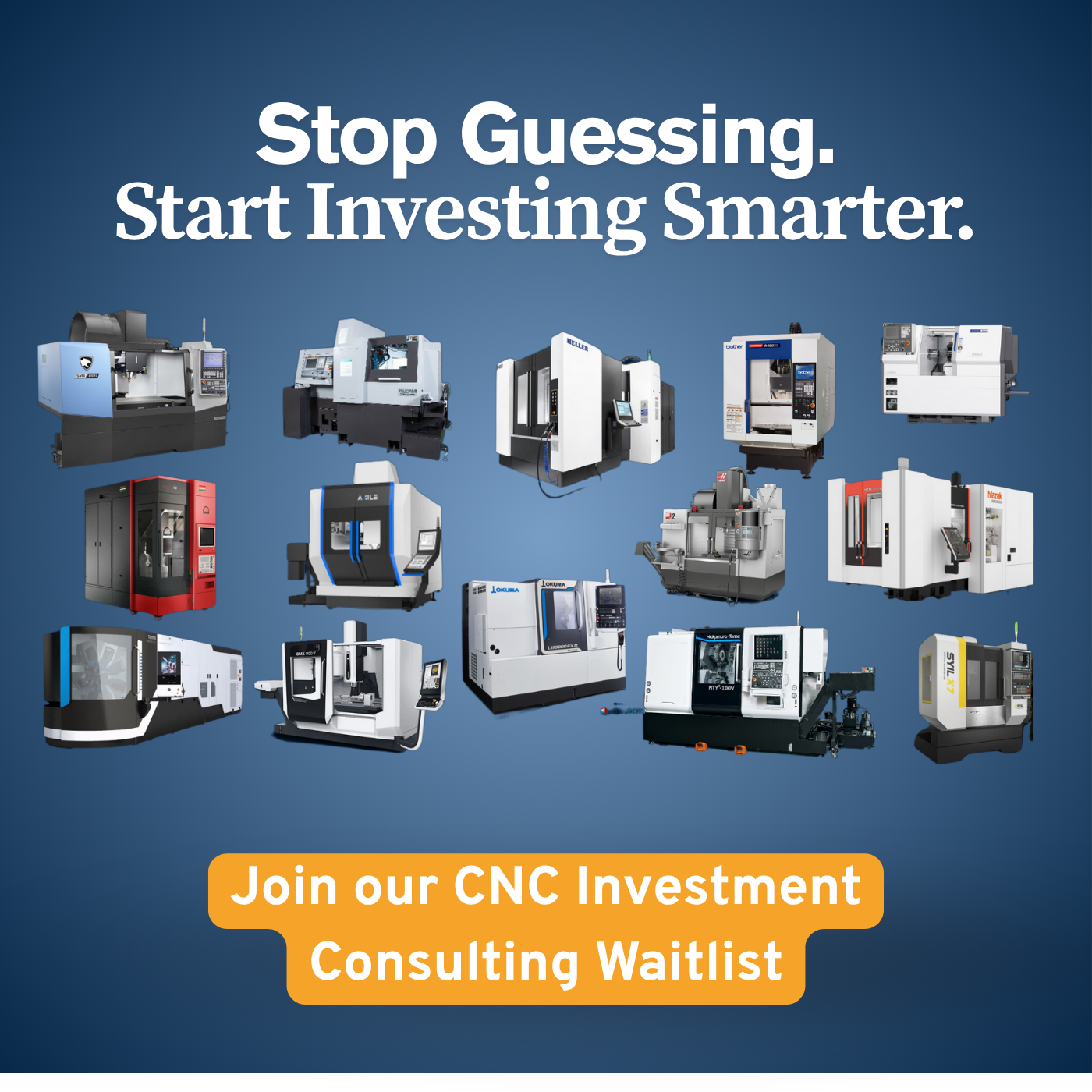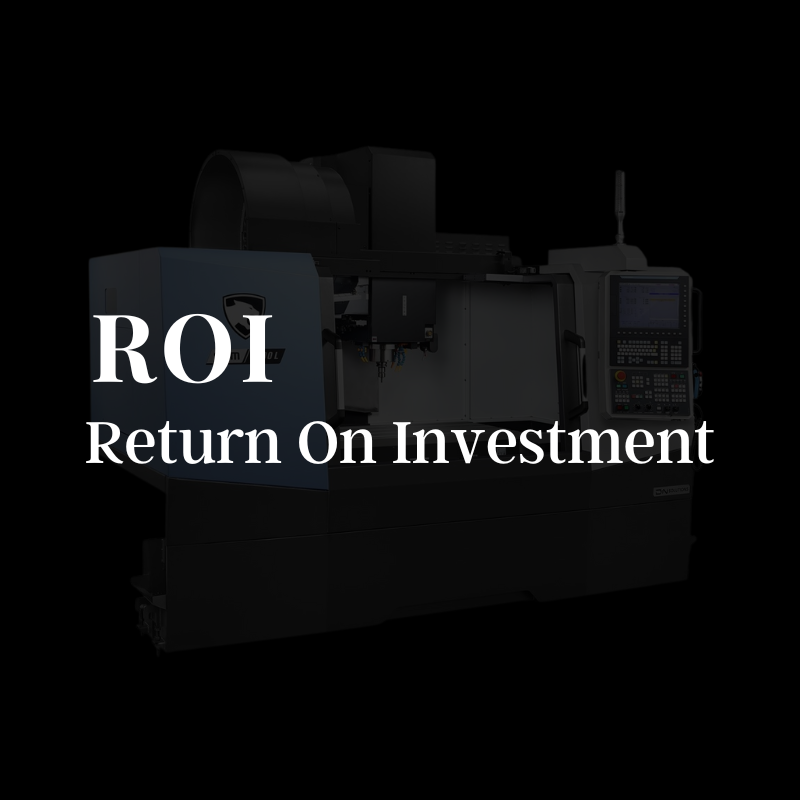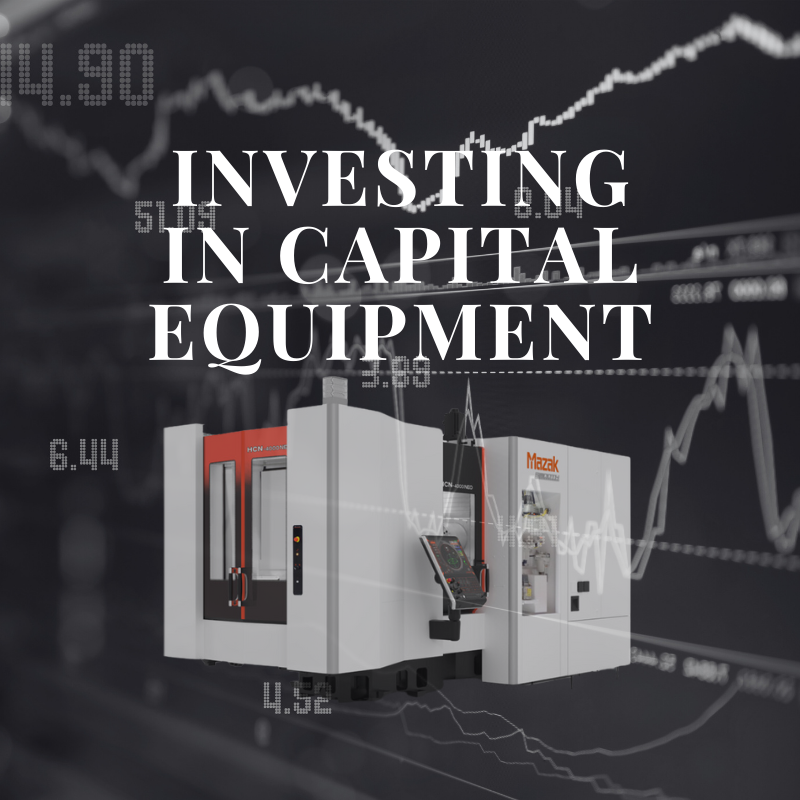On average, the total cost of ownership for a CNC machine encompasses several key factors beyond the initial purchase price. These include ongoing operational costs such as maintenance, tooling, training, and energy consumption. Additionally, it’s important to consider the potential for downtime, software upgrades, and eventual resale value. A thorough TCO analysis ensures a realistic understanding of the long-term financial commitment and helps in comparing different CNC machine options effectively.
Let’s dive deeper into each element that contributes to the total cost of ownership of a CNC machine, providing you with the insights necessary to evaluate the long-term financial impact of your investment.
Breaking Down the Total Cost of Ownership
The total cost of ownership for a CNC machine is a comprehensive calculation that goes beyond the initial capital outlay. To make a well-informed decision, it’s essential to consider all the costs associated with owning and operating the machine over its expected lifespan.
- Initial Purchase Price: This is the upfront cost of the machine, which varies based on its size, capabilities, and technology.
- Installation and Setup: These costs include transportation, installation, and any modifications needed in your facility to accommodate the new equipment.
- Operational Costs: Day-to-day expenses such as energy consumption, tooling, coolants, and materials are ongoing costs that can accumulate significantly over time.
- Maintenance and Repairs: Regular maintenance is necessary to keep the machine running efficiently. Unexpected repairs can also add to the cost, especially for machines out of warranty.
- Training and Labor: Skilled operators are essential for efficient CNC operation. Training costs for existing or new employees should be factored into the TCO.
- Software Upgrades: CNC machines rely on software that may require periodic updates or upgrades, which can be a substantial expense over the machine's life.
- Downtime Costs: Unplanned downtime can be costly in terms of lost production and potential delays in fulfilling orders.
- Resale Value: The potential resale value of the machine can offset some of the initial investment, especially if the machine is well-maintained.
When assessing the TCO of a CNC machine, consider:
- Conducting a detailed cost-benefit analysis.
- Comparing different models and brands for cost-effectiveness.
- Planning for long-term operational expenses.
- Evaluating the need for and availability of skilled labor.
- Considering potential technological obsolescence and future upgrades.




